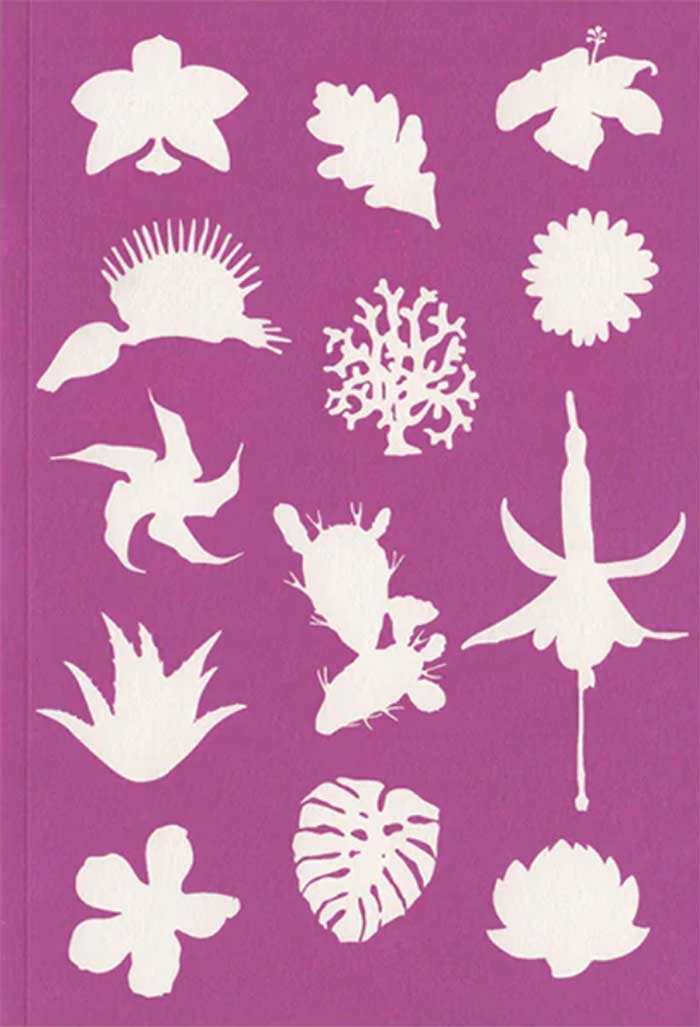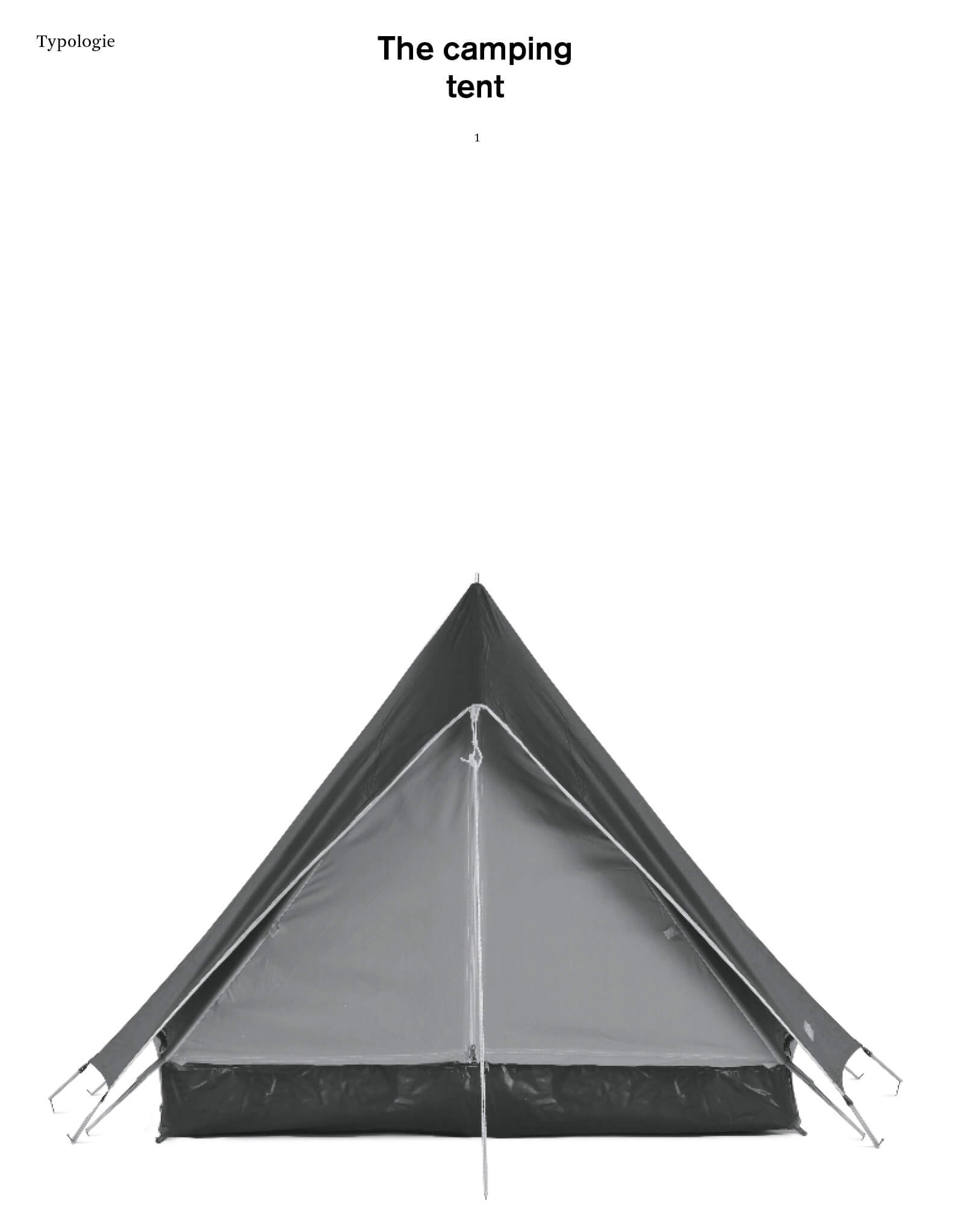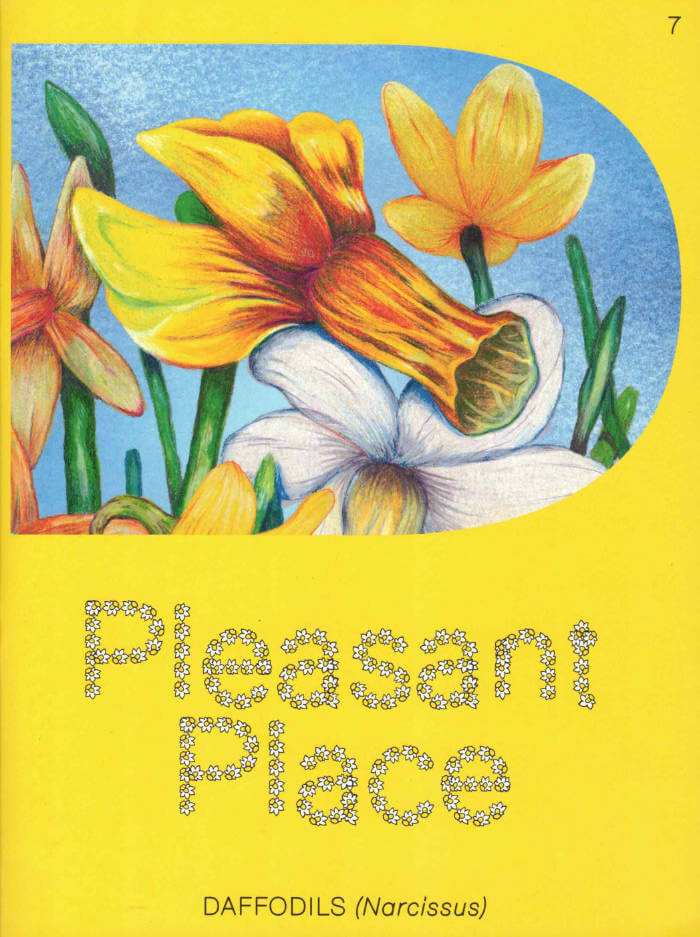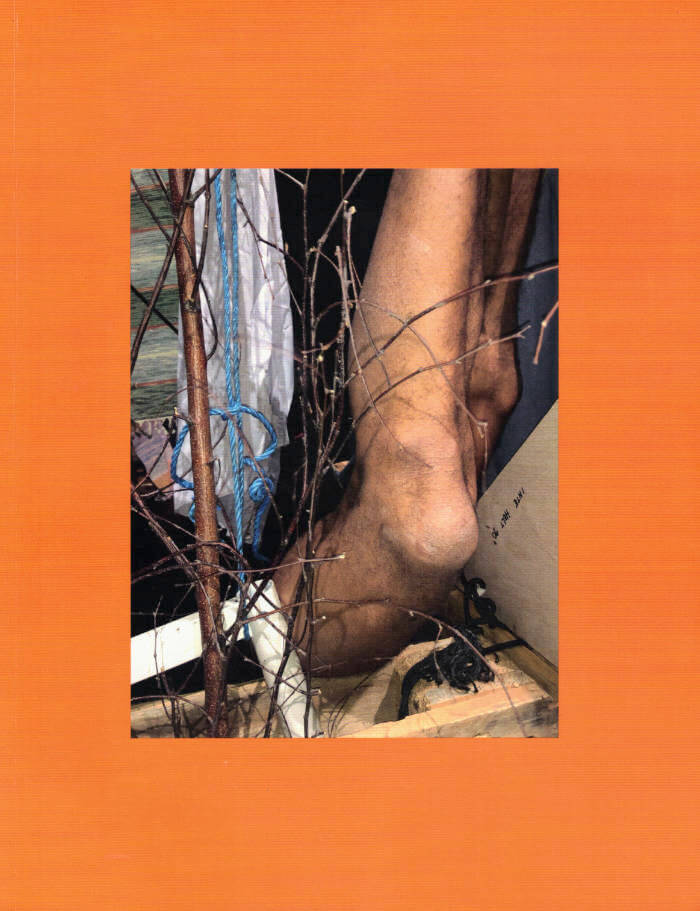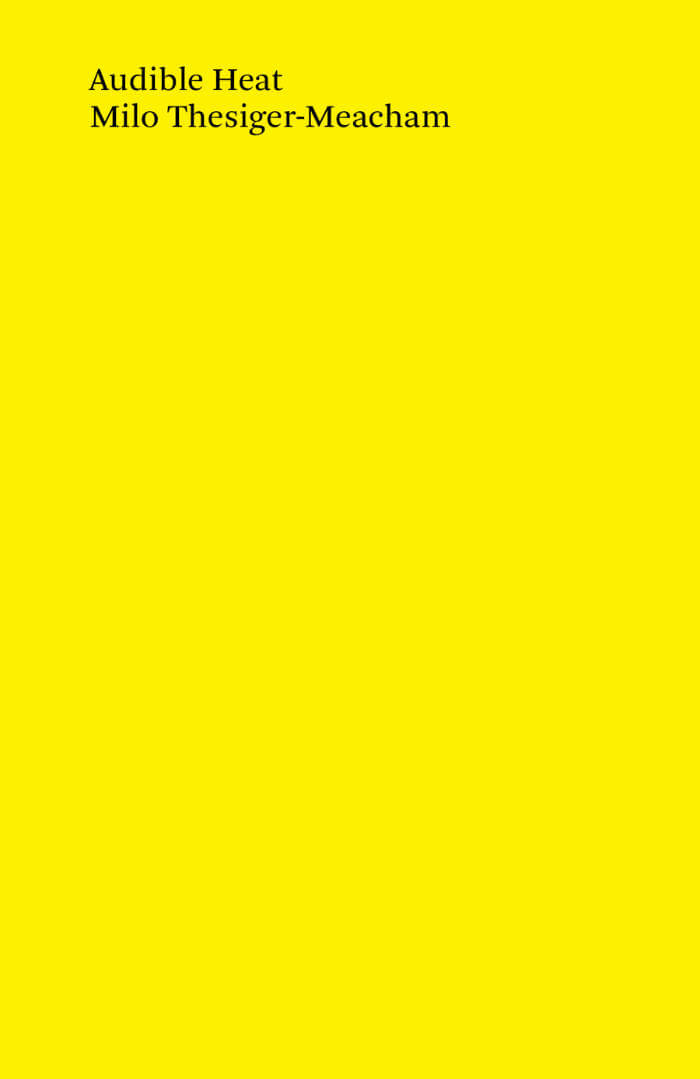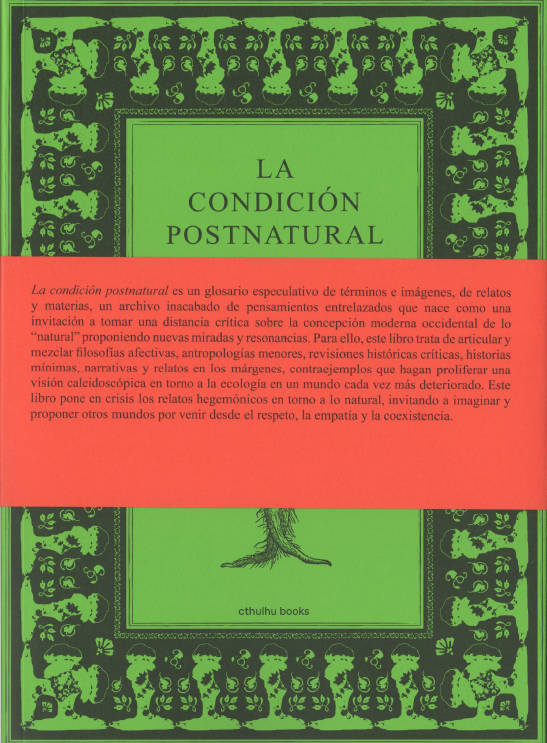
La condición postnatural
What is postnature? How to understand the socio-climatic crisis and where to look for new narratives for a desirable future? What is the relationship between contemporary ecology and artistic practices? The postnatural condition is a speculative glossary of terms and images, of stories and materials, an unfinished archive of intertwined thoughts. This book, which includes theoretical texts, situated examples, and artistic projects, presents a critical view of the modern Western conception of the "natural" and proposes new perspectives and resonances. Mixing affective philosophies, minor anthropologies, critical historical revisions, minimal histories, narratives, and stories on the margins, it seeks to proliferate a kaleidoscopic vision around ecology in an increasingly deteriorating world, inviting us to imagine and propose other worlds to come from respect, empathy, and coexistence.
Texts by Gabriel Alonso & Clara Benito with collaborators: Paloma Villalobo, Valentín Bansac, Nicolás Sánchez, Fionn Duffy, Aitor Frías, Andra Lena, Pop Juri, Geerts Dana, Lorenzo Galgó, Maria Morata, Valeria Mata, Maya Pita-Romero, Lily Chishan Wong, Sina Sohrab, Davide Marcianesi, Preethisakana Mathiseka, Alessandro Pasero, Anna Raffaghello, Ludmila Secchin, Federico Dopazo, Alba Noguera.
Language: Spanish

